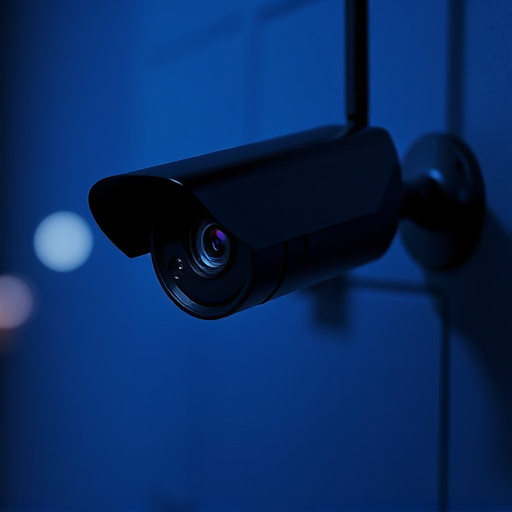Hidden spy cameras, or wireless surveillance cameras, offer advanced monitoring capabilities with discreet designs, real-time video streaming, motion detection, and remote access via mobile apps. Strategically place them in unobstructed areas, considering lighting conditions for optimal clarity while maintaining discretion. Legally and ethically, their use raises concerns about privacy rights, with regulations varying by region; unauthorized deployment is illegal and unethical, as they can invade personal spaces despite potential security benefits.
Uncover the secretive world of hidden spy cameras and their surprising capabilities. From discreetly monitoring your home to enhancing security at work, these wireless devices offer a new level of surveillance. This comprehensive guide explores where to strategically place these cameras, ensuring optimal visibility without compromising privacy. We also navigate legal boundaries and ethical implications, empowering you with knowledge on responsible use. Discover the power of hidden spy cameras and wireless technology.
Understanding Hidden Spy Cameras: Uncovering Their Capabilities
Hidden spy cameras, also known as wireless surveillance cameras, have evolved into sophisticated devices that offer a range of capabilities for both personal and professional use. These tiny yet powerful tools can be easily integrated into everyday objects like everyday household items or worn discreetly on the body, making them nearly impossible to detect. With advanced features such as real-time video streaming, motion detection alerts, night vision capabilities, and remote access through mobile apps, users can monitor activities from anywhere at any time.
The wireless design allows for flexible installation without the need for complex wiring, making hidden spy cameras a popular choice for those seeking discreet monitoring solutions. Whether it’s for home security, business surveillance, or personal privacy concerns, these cameras offer a level of observation and evidence collection that was once unimaginable in such a compact form factor.
Where to Place a Wireless Hidden Camera: Tips and Best Practices
When placing a hidden spy camera wireless, location is key. Choose spots that offer unobstructed lines of sight and are out of plain view. Common areas like offices, conference rooms, or high-traffic zones in homes work well. Think strategically – you want the camera to capture what it’s intended for without drawing attention. For example, mount it discreetly behind a picture frame, inside a fake smoke detector, or tucked away in a potted plant.
Consider the lighting in the area. Ideal placement offers both adequate light and minimal shadows. Avoid locations with direct sunlight, as this can cause glare on glass lenses or obscure the camera’s field of view. Conversely, dark corners provide less risk of detection but may result in lower image quality. Test different positions to find the best balance between discretion and clarity.
Legal Considerations and Ethical Use of Hidden Wireless Cameras
The use of hidden wireless cameras, or hidden spy cameras, raises significant legal and ethical concerns. In many jurisdictions, the installation and operation of such devices are subject to strict regulations aimed at protecting privacy rights. Laws vary across countries, but generally, any form of surveillance that invades personal spaces without explicit consent is illegal. The use of hidden cameras in public places or private residences without proper authorization can lead to severe legal repercussions, including fines and imprisonment.
Ethically, the deployment of hidden spy cameras presents a dilemma. While they can serve purposes such as security monitoring, evidence collection for criminal investigations, or even home automation, their secretive nature can foster an environment of distrust and invade individuals’ personal bubbles. It’s essential to strike a balance between privacy protection and legitimate surveillance needs, ensuring that any use of hidden wireless cameras adheres to legal frameworks and ethical guidelines.
